Categories: Featured Articles » Sharing experience
Number of views: 34665
Comments on the article: 2
How to safely make lighting in the basement of a garage and apartment building
 Premises that are located below the zero level of the basement of the building are called basements. They are surrounded on all sides by earth, which provides relative temperature stability throughout the year and, as a rule, are deprived of natural light.
Premises that are located below the zero level of the basement of the building are called basements. They are surrounded on all sides by earth, which provides relative temperature stability throughout the year and, as a rule, are deprived of natural light.
Basement operating conditions are associated with increased humidity. It arises as a result of:
-
the proximity of groundwater and the technical difficulties of creating building structures with tightness on all sides;
-
condensate falling from the air entering the room into the room when it cools.
The applied measures to combat humidity, based on the removal of groundwater, ventilation, use of exhaust or fresh ventilation systems are not always effective. They partially increase air dryness.
Therefore, basements are classified as hazardous areas, and the safety rules in force in the operation of electrical installations prohibit the use of open electrical wiring of 220 volts without special measures.
Basements are used:
-
for technical purposes;
-
as premises where it is convenient to store agricultural products, vegetables, supplies all year round.
The issue of safe lighting of basements can be solved using:
-
natural light;
-
artificial electrical sources that do not pose a danger to a person by electric shock.
Basement natural light
Typical window structures used in construction are not suitable for basements. But modern technical developments allow the use of light lamps based on the tunnel effect.
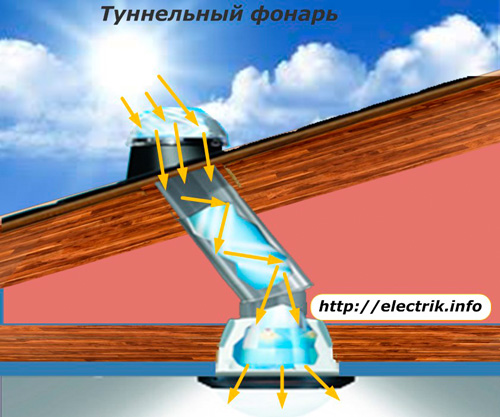
They have an optical system that senses the light of the sun and effectively transfers it through the fiber to the room. One light can illuminate an area of about 9 square meters with a luminous flux in cloudy weather, comparable to that created by an ordinary 40-watt incandescent bulb.
In sunny weather, the luminous flux increases by more than 6 times.
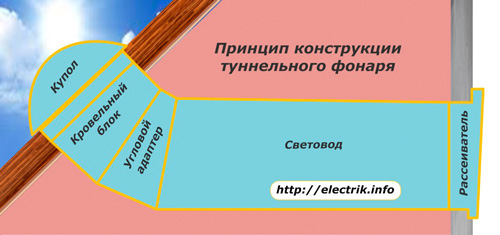
The principle of operation of the tunnel lamp is based on the use of an external element - a dome, which collects, concentrates light energy, transfers it through a fiber with reflecting walls and illuminates the volume of the room with an internal element - a diffuser.
The fiber pipe can be rigid or flexible and reach a length of 6 meters.
Tunnel lights are produced by many manufacturers with different specifications. They have a tightness, well retain heat, gaining popularity in construction.
Basement Electric Lighting
Typical mistakes of "home masters", or how not to do wiring
Some owners of the basement "blindly" copy the actions for wiring that are performed by electricians in the apartment. They misunderstand the risks of the dangers to which they and their loved ones are exposed.
The main mistake lies in the fact that a voltage of 220 volts is used for lighting, which is used even without its own circuit breakers and is supplied from switchboard of a house or apartment.
Selection and installation of fixtures
The photo shows the installation of a sealed lamp in the past with the protection of a glass cylinder with a grill, the metal body of which was corroded by rust. Through the formed gaps, condensate from the air settles on the electrical contacts of the cartridge and the lamp, creating a path for current leakage to the ground.

The vertical mounting of such a lamp at a low height does not exclude the contact of its body with the head of a person. With high humidity, this is very dangerous.
Socket Installation

At first glance it can be seen that a special dielectric block of an industrial-made rosette is used for installation, which separates the live parts of the outlet from a damp wall, and the entire structure is securely attached. is that enough?
The wires leaving the outlet are not protected by anything except a layer of their own insulation, which is exposed to moisture.
The model of the installed outlet has no protection against the penetration of condensate, constantly oxidizing its metal parts and creating the prerequisites for the appearance of leakage currents.
In rooms with high humidity, the installation of sockets for powering electrical appliances for 220 volts is prohibited by the rules.
Circuit breaker installation

An ordinary switch, designed for use in dry living quarters, is mounted on a wooden board fixed to the wall. Condensate from moist air not only affects the metal parts of the circuit breaker, but also contributes to rotting of the wood, which will lose its mechanical properties over time.
Electric wires
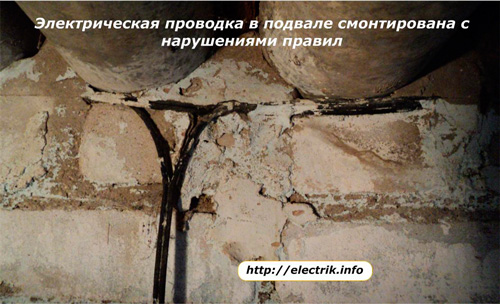
If you carefully examine the photo, you can see that special wires of the “noodles” type with reinforced insulation, which are designed to work in telephone networks and can be used in closed trenches underground, are used as current leads for lighting.
Their copper conductors are made with a cross-section of 1 square, which, in principle, is sufficient for the loads created by one incandescent bulb.
However, connecting the outlet to this circuit determines the possibility of overloading the created electrical wiring, which, moreover, is laid openly along the walls without the use of protective piping, ducts and other elements.
The violations shown in the photographs are considered the most typical. But, in practice, you can find more dangerous connections of electrical devices, insulation damage, bare wires, broken shades, broken casing of switches and sockets. Read about what this threatens here: What is the danger of old wiring
How to make basement lighting safe
The choice of circuit and method of protection for wiring
A safe way to use the lighting inside the basement is based on the use of appliances powered by 36 volts or lower. For this purpose, use a circuit with a step-down isolation transformer.
To place it, it is recommended to use a sealed switchboard of industrial manufacture, which is mounted not in the basement itself, but at the entrance to it. There are other switching and protective devices.
It is better to connect the contacts of the basement lighting switch to the phase of the supply circuit of the transformer. This will reduce his idle time.
The electrical cable from the step-down transformer to the basement fixtures must be mounted in a single design without the use of junction boxes. Its entry should prevent condensation from entering the luminaire.
Do not install electrical outlets inside the basement.
The choice of cable and wires, mounting methods
Separate wires without external protection for the basement wiring can lose their insulating properties for various reasons. Their use is prohibited.
To power the luminaires, it is necessary to use only cables, and with reinforced double insulation, providing sealing of live conductors. As an example, we can recommend the brand of cable KVVGng.
Even such a cable must be protected from mechanical damage by placement inside pipelines or special ducts.
Selection of transformers for electrical wiring
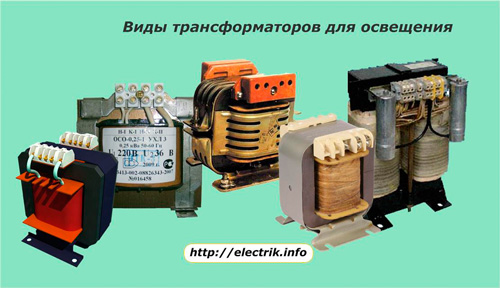
The main indicator when choosing a design should be the allowable power consumption, and not just the output voltage. Indeed, the load currents in the 36 volt network differ from those that exist in 220-volt circuits.
Consider the example of using a 40-watt incandescent bulb in circuits of different voltages.
In the network 220, its current will be 40/220 = 0.18 amperes. And in the circuit with 36 volts 40/36 = 1.1 A. For circuits 12 volts 40/12 = 3.3 A.
It is impossible to foresee the current consumption of the bulb, which is screwed into the lamp holder after a few years. Therefore, the transformer must create a margin of power.
Selection of luminaires for electrical wiring

The design of the luminaire should protect the bulbs from mechanical stress and the ingress of condensate. Glass caps for this are placed inside the lattice or made of durable glass.
The use of metal parts externally susceptible to corrosion must be minimized or eliminated.
In low rooms, it is better to place the lamps not on the ceiling, but on the upper part of the side walls. This will reduce unwanted contact with them, increase the space in the central part of the room.
Selection of circuit breakers
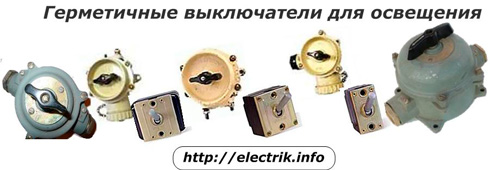
Ordinary structures for use in dry living quarters are not suitable for working conditions inside the basement. Industry for such purposes produces special sealed circuit breakers, protected from moisture.
The recommendations described in the article can be criticized by a large number of opponents who believe that there is no need to complicate the wiring in the basement for the sake of periodic visits. Indeed, for other people, lighting from 220 volts has been working for decades.
Concluding the article, I would like to ask counter-questions: how justified are such risks and are they worth experiencing your own health? Think about it.
See also:Wiring diagram in the garage - design and installation features
See also at bgv.electricianexp.com
:
